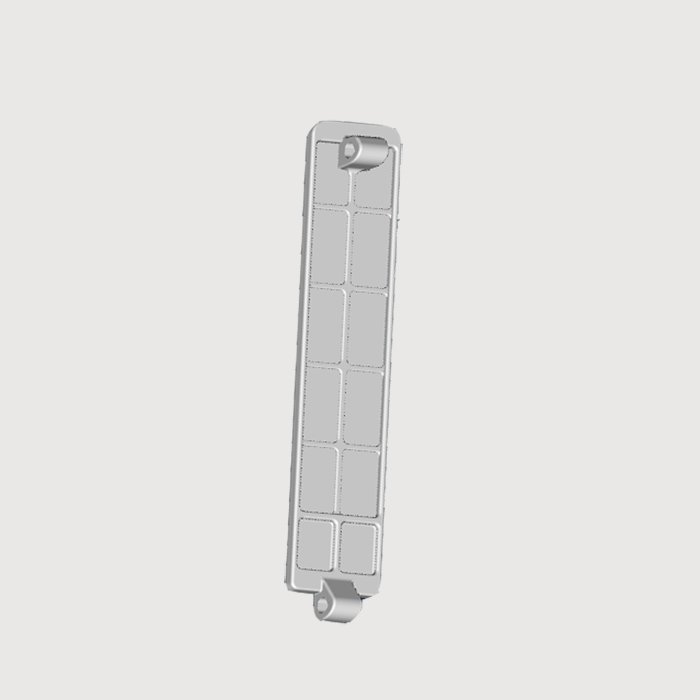die casting and casting types - zinc die casting process
by:Hanway
2019-09-01

Casting is one of the oldest processes in metal.
Many products are formed using this method.
This is an attempt to share knowledge of casting.
Casting is one of the four types of sand casting, permanent mold casting, gypsum casting and die casting.
All these types of castings have their own advantages and disadvantages.
Select one of the castings based on the properties of the requested product.
Sand casting: sand casting is the oldest casting mentioned above.
This casting method has been used since 1950.
The texture of the product depends on the sand used for casting.
The final product is smoothed at the end.
Iron, steel, bronze, brass, aluminum, magnesium alloy are usually used, which usually include lead, tin and zinc.
Permanent mold casting: two molds are used for permanent mold casting.
The mold is connected together and the molten metal enters the mold.
Allow cooling of hot metal and separate mold pieces.
Some products have metal extrusion, which is ground by flash or removed by hand.
Tin, lead and zinc are usually molded in this way.
Cast casting: cast casting is one of the easiest methods.
How it is used for low melting point metals such as copper cups, zinc and aluminum.
This is the simplest process, because it can be easily manufactured if the mold brakes during the process.
Die Casting: die casting is done by introducing molten metal into the mold at high or low pressure.
Only low earlier. pressure die-
Casting was used in the past, but now high pressure die casting is used more widely.
The mold has been carefully designed to provide complex products with amazing precision and smooth finish.
They are made of high quality steel because the steel has a higher melting point.
These molds can be reused thousands of times.
Casting can be a single cavity that produces only a single component, multiple cavities that produce multiple identical components at a time, unit molds for different components, and combined molds for different components at a time.
Die castings usually use zinc, copper, aluminum, magnesium, lead, tin and tin-based alloys.
We can make products with air holes with die casting.
Free products that do not allow gas to pass through and make it stronger.
The mold uses two types of machinescasting. Cold-Room and heat-chamber die-casting. Hot-
Chamber die casting for highLiquid metal.
First collect the melted metal with the goose neck and then inject the metal into the mold.
The advantage of this method is the addition of cycle/min.
But the downside is that metals and aluminum with high melting points
Iron grains.
Die-casting using cold chambers in hot places
The chamber cannot be used.
During this process, the melted metal is transferred to the syringe, and then the syringe injects the metal into the mold.
The metal with high melting point can be die-cast using this process, but the disadvantage is that the specific heat casting is slowChamber craft.
Custom message








